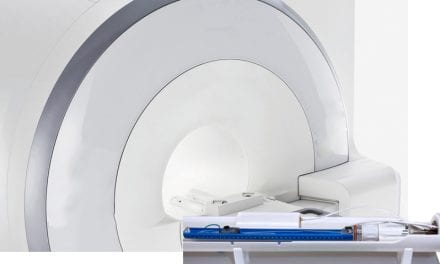Last Updated: 2009-08-25 17:37:16 -0400 (Reuters Health)
NEW YORK (Reuters Health) – Nearly 3% of individuals show incidental findings on brain MRI, according to a report in the August 19th British Medical Journal.
Asymptomatic intracranial abnormalities, that is, incidental brain findings, are increasingly problematic with the widespread use of brain MRI by clinicians, researchers, and companies that offer health "check-ups," the authors explain.
Dr. Zoe Morris from Western General Hospital, Edinburgh, UK, and colleagues conducted a meta-analysis to quantify the prevalence of incidental findings on MRI of the brain. In all cases, study subjects were free of neurological symptoms.
In 16 studies involving 19,559 subjects, 135 (0.7%) had incidental neoplastic findings, they report. In 15 studies with 15,559 participants, 375 people (2.0%) had incidental non-neoplastic findings.
Incidental findings were more frequent with high resolution MRI sequences than with standard resolution sequences, the researchers note, but the detection of incidental findings did not differ between neuroradiologists and general radiologists.
With increasing age, incidental neoplastic findings increased and non-neoplastic findings seemed to decline.
Overall, the prevalence of incidental brain findings was 2.7%, and the number of asymptomatic people needed to scan to detect any incidental brain finding was 37, the authors report.
"The prevalence of incidental brain findings, the shortage of evidence on which to base their management, and the other harmful consequences of their discovery should provoke caution in a variety of settings," the investigators say.
"Doctors who request scans in clinical practice or who recommend screening for health check-ups, and researchers who obtain consent from volunteers, should provide information about the prevalence of incidental brain findings on brain MRI, the higher prevalence with high resolution MRI sequences, and the shortage of evidence to inform their management," the authors conclude.
BMJ 2009;339:b3016.
Copyright Reuters 2009. Click for Click for Restrictions.





